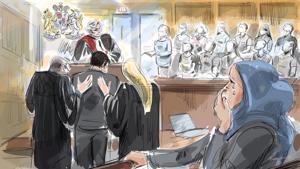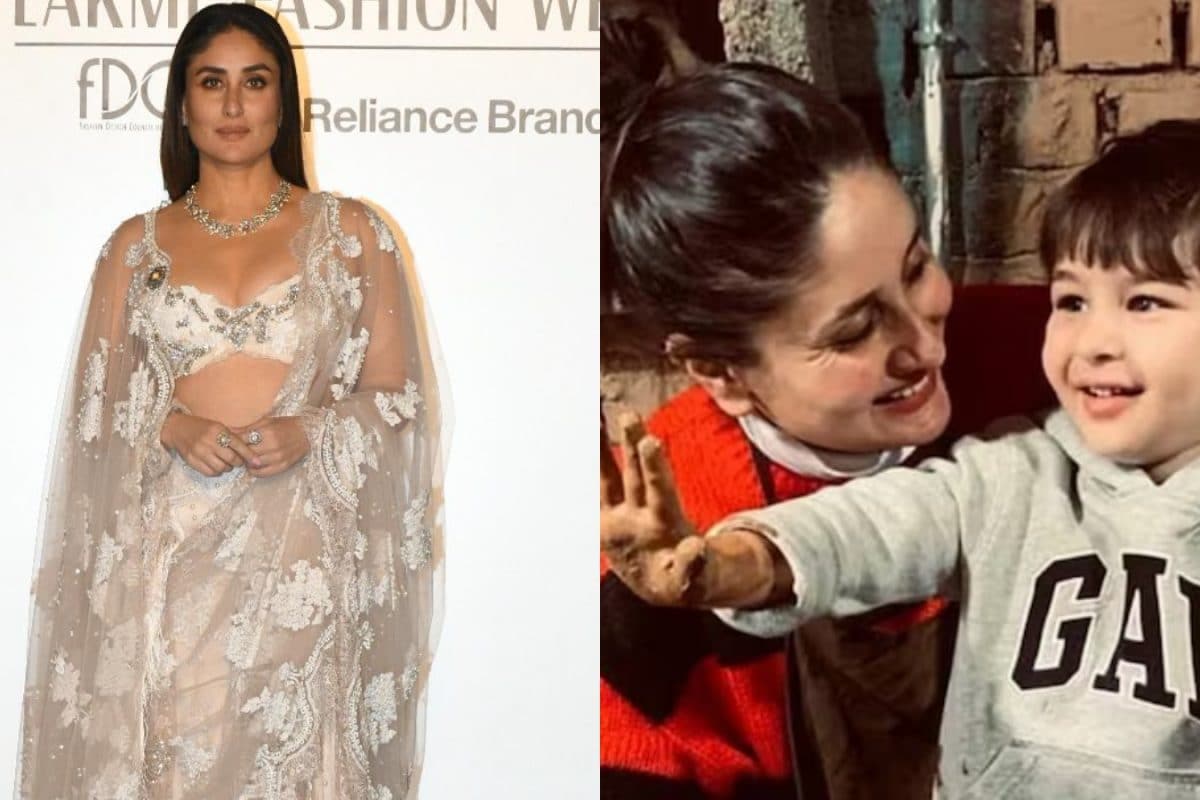Alexandra Newbould’s standout courtroom moment happened last April, when a jury found Umar Zameer not guilty in the death of Toronto police officer Jeffrey Northrup. “Everything happened so fast,” she said, recalling how she furiously steered her iPad pencil to capture the drama — a tear running down the cheek of Aaida Shaikh, Zameer’s wife and then, in a different sketch, the couple’s post-verdict embrace. Pam Davies will never forget the “evil eye” she received from a father convicted in the “honour killing” of his daughter.
The intensity of his glare led her to conclude he resented that a woman was sketching him in a “vulnerable” moment and that he felt no remorse for his crime. The image of an ex-cop on trial for murder — leaping from the witness stand and waving a garbage bin over his head — stayed with Marianne Boucher long after the trial ended. (The bin, he proclaimed, was special to his dead mistress.

It was in court as evidence; he’d stuffed her body into it after killing her.) These courtroom sketch artists have produced thousands of images that appeared on Toronto TV newscasts and newspapers stretching back decades — back to a golden era when numerous full-time court reporters chased stories from every corner of society. Yet those days are long faded, as is the news media’s demand for court illustrations.
Is the tradition of court sketching on track to follow landline telephones, typewriters, cheques and paper maps? We asked the e.

























